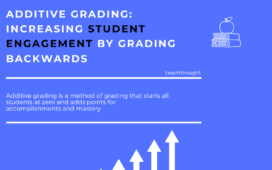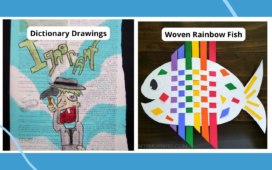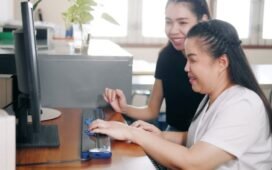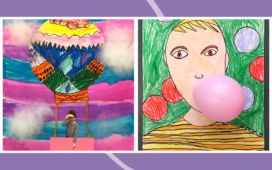Students need to master social-emotional skills like self-awareness, self-management, decision-making, relationship skills, and social awareness (the social-emotional must-haves according to CASEL). When students have mastered core social-emotional skills, they experience higher academic achievement and better school functioning. Plus, a strong SEL program contributes to a safe learning environment. The good news is social-emotional skills can be taught, and there are a ton of programs to choose from to teach them.
But not all social-emotional learning (SEL) curriculum are the same. That’s why it’s important to learn what a good SEL program includes and the potential pitfalls to avoid. Use this guide to start the process of finding the right SEL curriculum for your school or district.
Learn more: What Is Social-Emotional Learning (SEL)?
SEL Curriculum Must-Haves
Choosing and buying an SEL curriculum is just like buying a reading or math curriculum. It involves choosing an approach and materials that will shape how teachers and students learn social-emotional skills. It’s a commitment of time and money.
High-quality programs:
Include all the SEL dimensions
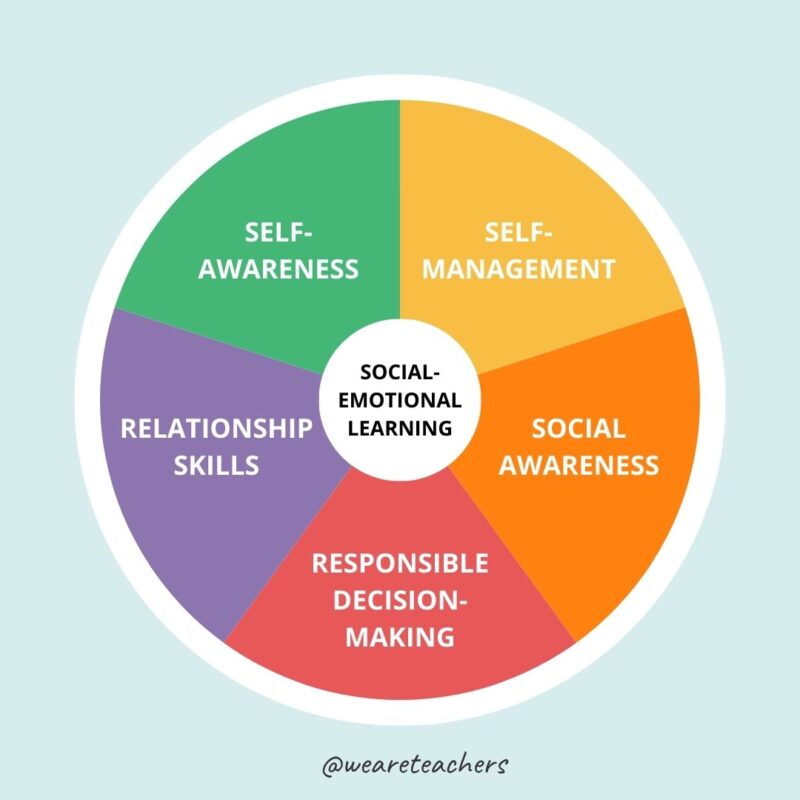
Social-emotional learning is about more than naming feelings or resolving problems. It’s about teaching students how to understand themselves and manage complex relationships, decisions, and social situations. A strong SEL curriculum will include lessons and instruction that covers all the important SEL areas, including self-awareness, self-management, social awareness, relationship skills, and responsible decision-making.
Are integrated into the school day
Social-emotional learning shouldn’t be separate from academic learning. Instead, a good SEL curriculum integrates the two. Students complete some activities that are specific to SEL competencies. But they’re also expected to apply those competencies in their school and classroom communities during academic and social activities. Teachers should reinforce SEL competencies during math or reading lessons, recess, and during transitions.
Include purposeful, engaging experiences
An SEL curriculum should be sequenced, active, focused, and explicit:
- Sequenced: Activities build on each other over time, from lesson to lesson or year to year.
- Active: Students have the chance to put their learning into practice on a regular basis.
- Focused: Activities focus on specific skills and SEL competencies.
- Explicit: The skills and SEL competencies for each activity are named and defined, ensuring a valid purpose to every part of the program.
Include a variety of opportunities for students
A strong SEL curriculum includes activities for every type of learner, such as:
- Freestanding SEL lessons with a range of activities
- Methods for integrating SEL into academic learning
- Team- and community-building initiatives
- Student leadership opportunities
- Helpful tools like checklists, tool kits, and scripted lessons
- Strategies for students who are English language learners and who have special education needs
Support teachers
A strong SEL program also supports teachers in their own social and emotional development. Teachers may have questions about how to teach certain skills, or may find it challenging to tackle certain SEL subjects, so a strong SEL curriculum provides resources for teachers as well. In fact, implementing a strong SEL program can support teachers’ work, specifically helping them build stronger relationships with students and feeling better about their jobs.
Set focused, realistic goals
No SEL curriculum can be completed in a week or a month. The best SEL curriculum programs start in pre-K or kindergarten and continue through elementary, middle, or high school. They include progressive goals and supporting activities tailored by age, grade level, or competency. And if an SEL curriculum makes promises about results, there should be a way to monitor expected outcomes. Look for SEL curriculum offerings with regular data collection and assessment tools that are useful to your school’s goals.
Support the family-school connection
A strong SEL curriculum builds a bridge between school and home. Social-emotional skills are skills that we want students to apply outside of school. Communication with families about what students are learning and how parents can reinforce this learning at home is crucial.
Learn more: Why Social-Emotional Learning Matters
SEL Curriculum Warning Signs
Since SEL is such a hot topic, you’ll come across programs that, well, aren’t the best. Steer clear of SEL programs that:
Provide a limited scope
There’s no single SEL strategy that works for every school, teacher, or student. If the program you’re considering focuses on only one or two SEL areas or learning strategies, it’s unlikely to meet your diverse student population’s needs.
Make big promises
When a curriculum promises fast results or huge impacts, it’s too good to be true. A strong SEL curriculum will make a difference, but it takes years of implementation to see results.
Aren’t evidence-based
Just like reading and math, look for an SEL curriculum that has been evaluated by researchers, preferably in a third-party setting.
Don’t allow for analysis and reflection
There should be a way for you to evaluate and reflect on the SEL curriculum and its impact on your school. Not only is this important for you and your staff, but parents want to know how the SEL curriculum is impacting the school climate and student skills.
SEL Curriculum Examples
You can check out lots of programs, but here are five examples that show the range of SEL curricula that have had an impact. Each of these programs is rated SELect, or the highest rating by CASEL program reviews.
Caring School Community
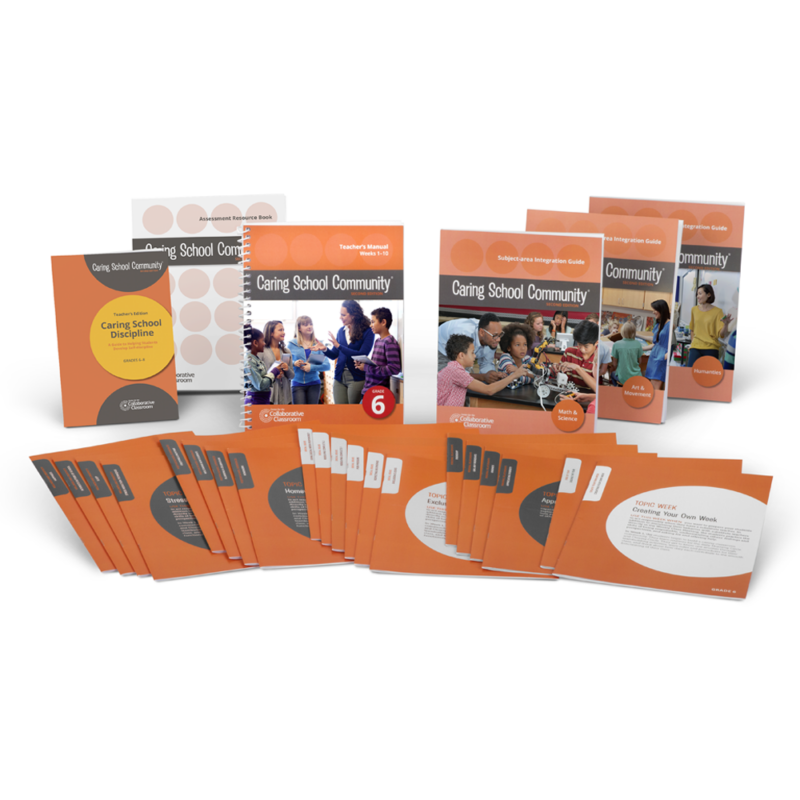
Grades: K-8
Evidence for: Reducing problematic behaviors, improving school climate, improving school connectedness, improving teacher practices
Caring School Community focuses on understanding context and community. It includes school-wide community building, training on cultural background, and understanding student perspectives. It’s meant to be a school-wide program that focuses on explicit teaching of social skills, proactive discipline, and relationship building.
Review: “Caring School Community does exactly what its name implies, providing intentional opportunities for both students and adults to authentically connect and learn together.” —Lisa M., SEL intervention and training specialist
Learn more: Caring School Community
Changemakers
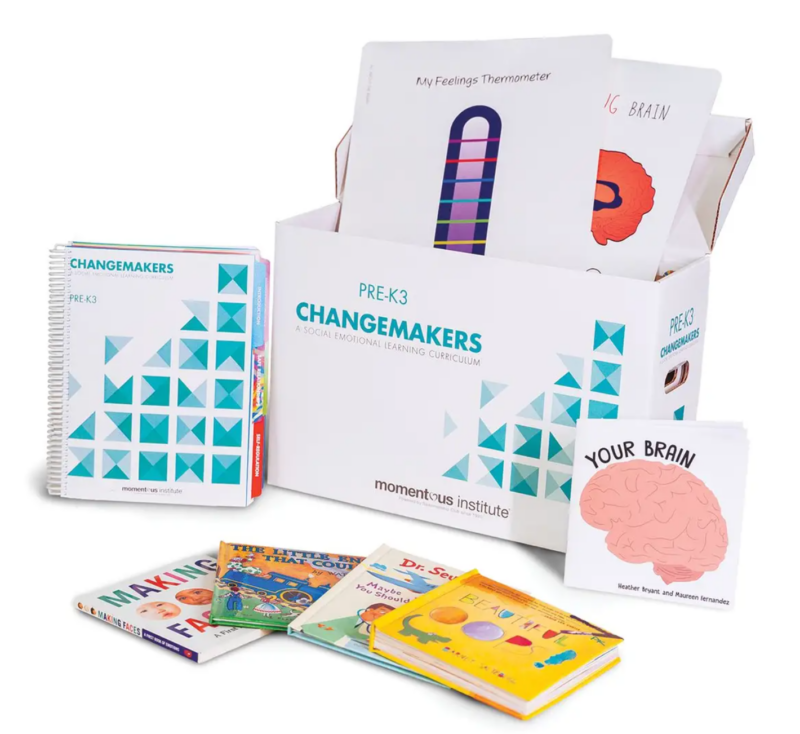
Grades: Pre-K through Grade 5
Evidence for: Improved social behaviors, improved other SEL skills and attitudes
Changemakers provides digital or hard-copy kits of lessons about how the brain works, managing and controlling emotions, building relationships, and more. The lessons are organized around themes like Safe Relationships, Understanding Others, and Awareness of Self.
Review: “While the lessons were meant for students, it does so much more. I take the lessons about the brain, breath, and empathy and use them in my own life. I am a better teacher because of it.” —Pre-K teacher
Learn more: Changemakers
Reading With Relevance
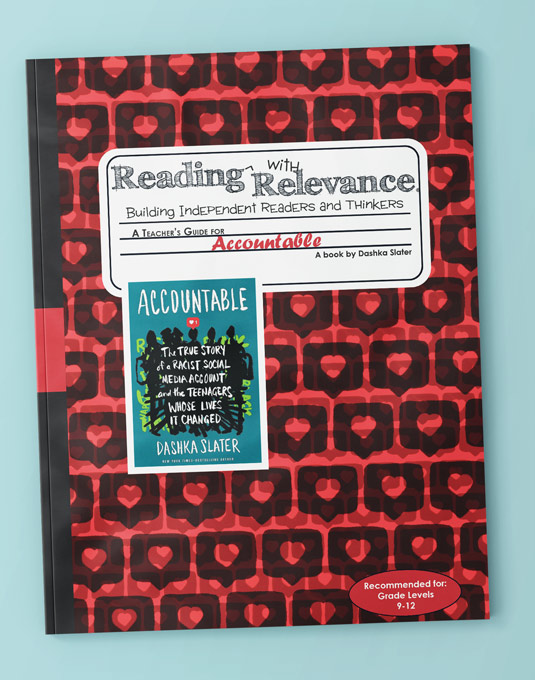
Grades: 2-12
Evidence for: Improved academic performance, improved school connectedness
Reading With Relevance guides teachers and students through culturally relevant, emotionally rich literature and engages teachers and students in lessons using those books. Students use books as a springboard to think, discuss, and write about SEL-related topics.
Review: “Reading With Relevance has captured my students’ interest. They beg to keep reading the story … just one more chapter, please!” —Margaret Stearman, teacher
Learn more: Reading With Relevance
Second Step

Grades: Pre-K through Grade 12
Evidence for: Reduced emotional distress, reduced problem behaviors, improved social behaviors, improved other SEL skills and attitudes
Published by the Committee for Children, Second Step has classroom kits and an online platform that include lessons to teach SEL skills. They focus on adding an additional aspect for classrooms, with lessons on cooperation, communication, and decision-making.
Review: “Second Step programs have expanded my strategies for teaching SEL and helped me create an avenue where my students’ voices can be heard and they are accepted for who they are.” —Nerwin B., teacher
Learn more: Second Step
Wayfinder
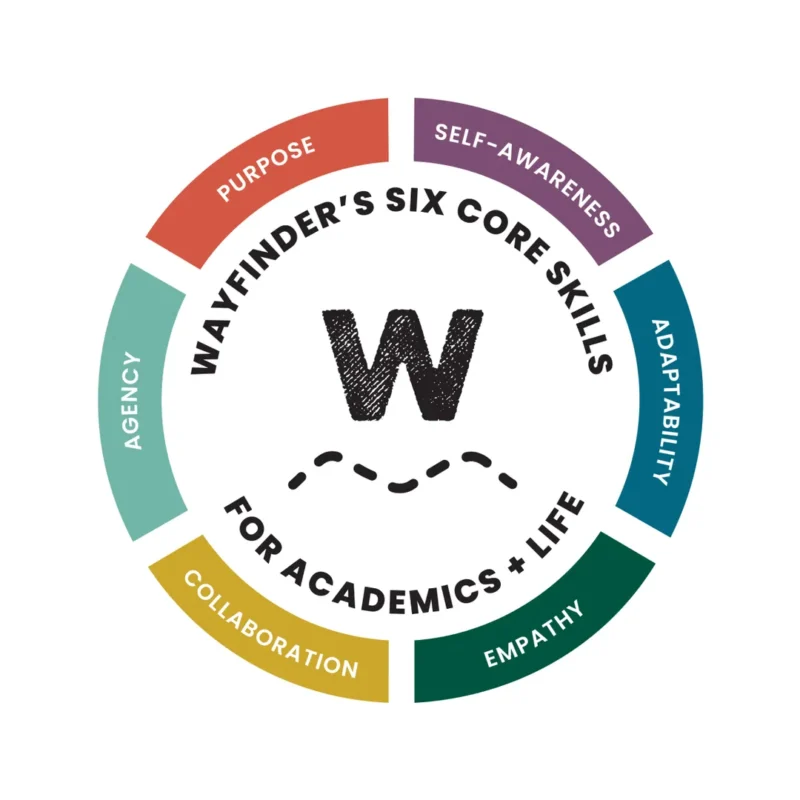
Grades: K-12
Evidence for: Improved identity development and agency, improved school climate, improved school connectedness, improved social behaviors
Wayfinder starts by working with teachers to support their self-awareness, cultural bias, and working with students in context. The curriculum includes free-standing lessons and a digital platform with lessons for kindergarten through 12th grade.
Review: “Wayfinder stood out as a program that is easy for our teachers to use, required little prep time, and centered skills + competencies we wanted our students to be doing.” —Dr. Jill Bryant
Learn more: Wayfinder
Choosing the right SEL curriculum
Take these series of steps to choose the SEL curriculum that is right for you:
- Set your SEL goals. What do you want to improve most? School climate? Teacher-student relationships? Academics?
- Decide what is a priority for your school or district. Do you want a program that includes an after-school component? Do you want a program that incorporates community-building or are you focused on classroom implementation?
- Consider the diversity of your school population. How does each program support student diversity?
- Consider flexibility of implementation. Do you want a curriculum that you must implement “as is” or one that you can adapt to your setting?
- Consider staff professional development. How much staff PD will you need each year?
- Consider how you want to evaluate the program. Which evaluation tools do you find most helpful?
- Consider how you will involve your school community.



